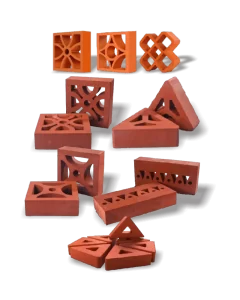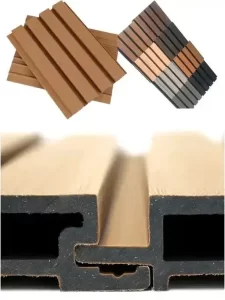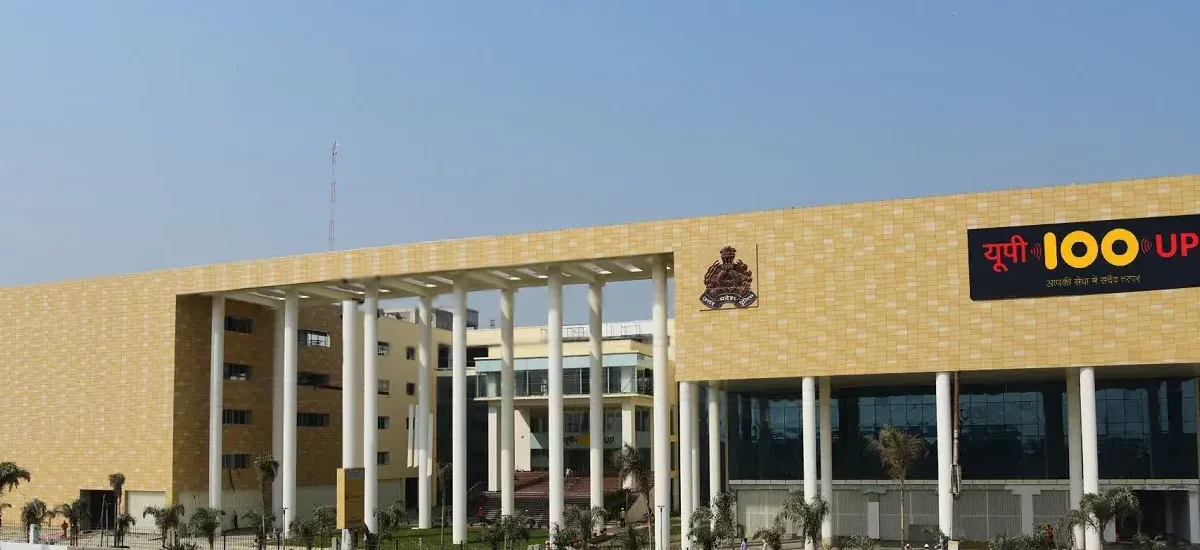Introduction: In the world of architecture, facades are not just functional elements; they are artistic expressions that define the personality and identity of a building. The selection of facade materials plays a pivotal role in shaping the aesthetics, performance, and sustainability of a structure. As architectural innovation continues to evolve, designers are presented with an array of facade products that offer a perfect balance of form and function. In this comprehensive exploration, we unveil the top 11 facade products that are redefining architectural design and elevating buildings to new heights of excellence.
- Ceramic Facade: Ceramic facade systems have emerged as a cornerstone of modern architectural design, offering unparalleled versatility, durability, and aesthetic appeal. With a wide range of colors, textures, and finishes available, ceramic facades enable architects to create dynamic and visually striking exteriors that harmonize with their surroundings. From sleek and contemporary to rustic and traditional, ceramic facades transcend architectural styles, making them a timeless choice for buildings of all types.

- Terracotta Tile and Louvers: The timeless charm and natural beauty of terracotta tiles and louvers have made them a staple in facade design for centuries. Beyond their aesthetic appeal, terracotta elements offer exceptional thermal performance, durability, and sustainability. Architects can leverage the inherent properties of terracotta to create facades that not only enhance the visual impact of a building but also contribute to its energy efficiency and environmental sustainability

- Brick Cladding: Brick cladding remains a classic choice for facade applications, celebrated for its durability, versatility, and timeless appeal. Whether using traditional dry bricks or modern wet bricks, architects can achieve a wide range of architectural expressions, from rustic and industrial to sleek and contemporary. Brick cladding not only adds character and warmth to a building but also provides excellent thermal insulation and weather resistance, making it a practical and enduring choice for facades.

- Bamboolium: Bamboolium represents a fusion of innovation and nature, offering a unique alternative to traditional facade materials. Crafted from aluminum and inspired by the elegance of bamboo, Bamboolium combines the aesthetic beauty of natural wood with the durability and sustainability of metal. Its distinctive appearance and structural integrity make it an ideal choice for architects seeking to create eco-friendly and visually captivating facades that leave a lasting impression.


- HPL (High-Pressure Laminate): High-pressure laminate (HPL) has emerged as a preferred choice for facade applications, prized for its durability, weather resistance, and design versatility. Available in an extensive range of colors, patterns, and textures, HPL allows architects to explore creative possibilities and express their design concepts with confidence. Whether used as a standalone cladding material or in combination with other facade products, HPL offers architects the flexibility to create facades that are both aesthetically pleasing and performance-driven.

- Terracotta Jali: Terracotta jali screens epitomize the marriage of tradition and innovation, offering a unique blend of functionality and craftsmanship. Architects can leverage the timeless elegance of terracotta jali screens to create facades that are both culturally rich and architecturally compelling, adding depth and dimension to the built environment.

- Expanded Metal Mesh: Expanded metal mesh facades offer a contemporary and industrial aesthetic, characterized by transparency, texture, and lightness. Architects can utilize expanded metal mesh to create visually striking facades that play with light and shadow, while also providing ventilation, solar shading, and security. With its customizable patterns, dimensions, and materials, expanded metal mesh offers architects a versatile and dynamic platform for creative expression, allowing them to push the boundaries of facade design and innovation.

- Metal Clad: Metal clad facades have gained popularity for their durability, versatility, and sleek aesthetic. Whether fabricated from aluminum, steel, zinc, or other metals, metal clad systems offer architects a wide range of design options, from smooth and seamless surfaces to textured and perforated panels. Metal clad facades not only enhance the visual impact of a building but also provide superior weather protection, thermal performance, and longevity, making them an ideal choice for both new construction and renovation projects.

- Copper Brass Zinc Titanium Facade: Facade materials such as copper, brass, zinc, and titanium exude elegance, sophistication, and timelessness. These natural metals develop a rich patina over time, adding character and depth to a building’s facade while also providing superior durability and weather resistance. Architects can harness the inherent beauty of these metals to create facades that age gracefully and stand the test of time, making a lasting impression on the built environment.

- WPC (Wood-Plastic Composite) Wall Batten Panel: Wood-plastic composite (WPC) wall batten panels offer the warmth and beauty of wood with the durability and low maintenance of plastic. Ideal for both interior and exterior applications, WPC panels provide architects with a sustainable and eco-friendly alternative to traditional wood cladding. With their wide range of colors, finishes, and profiles, WPC panels allow architects to create facades that are both aesthetically pleasing and environmentally responsible, contributing to the creation of healthy and resilient built environments.

- Conclusion: In conclusion, the top 10 facade products presented in this exploration represent the forefront of architectural innovation and design excellence. From traditional materials like brick and terracotta to cutting-edge solutions like HPL and Bamboolium, each product offers architects a unique set of advantages and opportunities for creative expression. By embracing the diverse range of facade materials and technologies available, architects can create buildings that not only inspire and delight but also enrich the built environment for generations to come.

